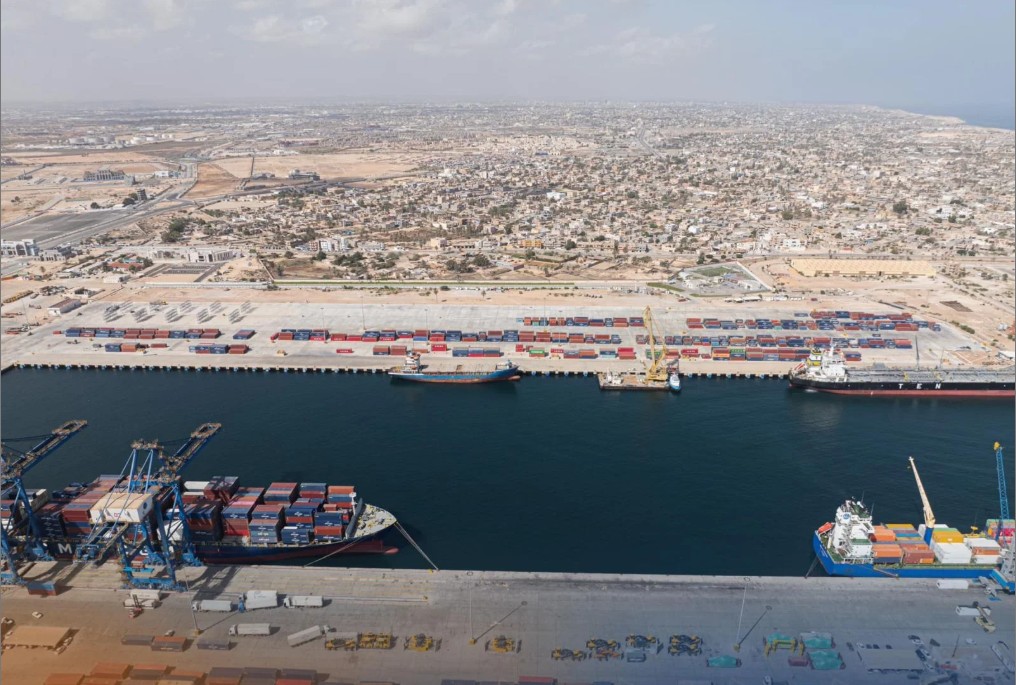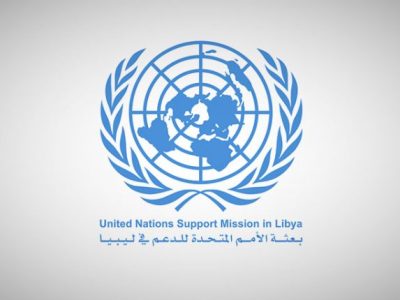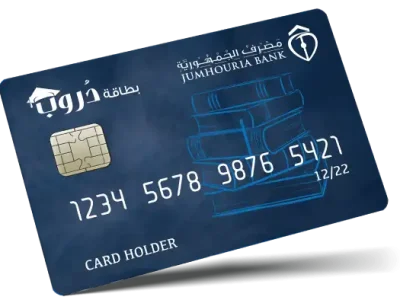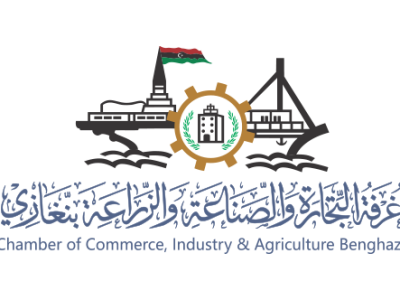Libya Industrial Zones: How Misurata, Sirte, and Benghazi Are Powering Economic Growth
For decades, Libya’s economy has revolved around a single resource. Yet beneath the familiar headlines lies a quieter, strategic shift. Across the country, from the busy docks of Misurata to the underused harbors of Sirte and Benghazi, a new industrial map is taking shape. These designated zones are more than fenced-off plots of land; they are test grounds for an economic transformation aimed at building industries, creating jobs, and connecting Libya to global trade routes. The premise is straightforward: concentrate infrastructure, policy incentives, and investment in specific locations, and the country can cultivate manufacturing and logistics hubs capable of standing alongside established regional competitors. If the model works, these zones could form the backbone of a more diverse and resilient Libyan economy.

Libya’s coastal cities and transportation corridors (Tripoli, Misrata, Benghazi, etc.) are highlighted in this map. With Africa’s longest Mediterranean coastline and links to sub-Saharan trade routes, Libya’s geography offers a strong foundation for industry. In recent speeches, officials have stressed Libya’s “vast potential” through investment in energy, infrastructure and manufacturing . Libya’s first free zone – Misurata Free Zone (MFZ) – was created in 2000 precisely to “boost manufacturing, diversify the oil-dependent economy and provide employment” . The current drive to modernize and expand MFZ and new industrial zones reflects a clear belief that these hubs are central to a post-oil growth strategy.
Misurata Free Zone: A Gateway to Growth
Misurata’s deepwater container port and industrial area (shown above) exemplify the infrastructure advantages of Libya’s zones. Misurata Free Zone (MFZ) – home to 60% of Libya’s non-oil trade – is undergoing rapid expansion. In 2024 the MFZ management signed a contract with Singapore’s Surbana Jurong to develop a detailed infrastructure master plan, covering the port, industrial parks and logistics facilities . By late 2024, MFZ officials were touring nearly-completed projects: new grain silos, a main port gate, an administrative building, expanded roadways and a truck yard . Once finished, these upgrades will greatly increase cargo throughput and storage capacity.
MFZ already has vast assets: about 2,739 hectares of land (539 ha “Site A” plus 2,200 ha “Site B”), with plans for a dedicated cargo airport (600 ha) and a 1,500 ha industrial park . Its 190 ha port – with 4,400 m of quay and 14 m draft – is the busiest in Libya . The MFZ authority runs a single-window system and grants investors 100% exemptions from taxes and customs duties . This combination of infrastructure and incentives helps explain why dozens of companies (from Chinese construction firms to Toyota’s Libyan headquarters) have clustered at Misurata. In the years since 2011 the city itself has remained secure, making MFZ “one of the most attractive” zones for investors.
New Free Zones: Sirte, Benghazi and Beyond
Beyond Misurata, Libya has launched new zones to extend industrial growth. In March 2024 the government decreed the Sirte Free Zone (around Sirte’s port) to make the city a Mediterranean logistics hub . In mid-2025 Sirte’s management held talks with China Harbour Engineering Company to deepen its port (deep berths, new cranes) and expand storage and services . Sirte also courted Turkey’s Arkas (a major port operator) to manage port operations and boost efficiency . In February 2025 Sirte’s port received its first commercial ship in 14 years, carrying materials for local projects . At the same time, Libya’s eastern authorities secured UAE funding to upgrade Sirte’s international highway (50 km south to Sabha) and road networks linking east–west . A Huawei-Sirte partnership will introduce a “smart port” system and even a submarine cable to Greece, improving digital connectivity in the zone . All these efforts aim to turn Sirte into a transit point for African trade (via road links through Sabha to Niger/Chad) and a modern export hub.
Meanwhile in the east, plans for a new Benghazi Downtown and Free Zone were unveiled in 2024. The UAE developer Emaar signed an agreement with Libya’s National Development Agency to build a new city center in Benghazi and the adjacent Elmreisa Free Zone . The Benghazi Chamber of Commerce says Elmreisa will be “the largest free zone in North Africa,” hosting over 500 small-to-medium enterprises and creating 40,000 jobs by boosting transit trade between Africa and Europe . (Plans also include upgrades to Benghazi port and infrastructure.) In the south, a Taminhent Free Zone is envisaged near Sabha, accessible via the Misurata–Sabha road and linking to Algeria . Though still in planning, these projected zones – west of Tripoli as well – reflect a national push to spread industrial capacity across the country.
Strategic Advantages of Libyan Zones
Prime locations and connectivity
Zones sit on Libya’s main trade routes. Misurata and Sirte ports face the Mediterranean shipping lanes, and both lie on coastal highways connecting to Tunisia, Algeria, Egypt and further afield . Rail and road corridors are slated to connect these hubs with southern Libya and the African interior, potentially reaching Niger and Chad . This makes Libya a natural logistics bridge between Europe, the Middle East and sub-Saharan Africa.
Customs and tax incentives
By law free zones offer exceptionally favorable terms. At MFZ, for example, foreign manufacturers enjoy a single-window licensing system and 100% exemption from all taxes and import duties . Similar frameworks apply in Sirte and other zones. Zone regulations typically allow full foreign ownership and streamlined approval processes, cutting red tape for investors.
Robust infrastructure plans
Each zone comes with dedicated facilities. MFZ includes thousands of hectares of flat, serviced land , modern warehouses, and plans for its own cargo airport. Sirte zone projects include grain silos and logistics centers. All zones link to upgraded utilities – roads, power lines and ports – often funded through public–private partnerships. These built-for-purpose amenities give manufacturers immediate headroom to expand operations.
Natural resources and energy access
Many zones are near Libya’s resource basins. Misurata’s highway connects to fields in the south, while Sirte zone lies adjacent to pipelines and gas lines. Zones also get priority on the power grid: for instance, new solar and wind projects (the national target is 22% renewables by 2030) are planned to feed industrial areas . (Libya’s overall power supply has struggled , but zones are first in line for capacity upgrades.)
Sector clustering
Zones attract key industries that create synergies. At MFZ, Toyota’s North African headquarters (vehicle assembly/distribution) sits alongside Chinese and European firms making construction materials (e.g. Wangkang’s ceramics plant) . Tosyali’s new steel complex in Benghazi will pair with Libya’s ironworks (SULB) to establish a local steel ecosystem . Over time, related suppliers – auto parts, cement, fertilizers, light machinery – can co-locate near these anchors, lowering costs and boosting competitiveness.
Sector Opportunities and Growth Areas
Libya’s zones are poised to boost several key sectors:
Steel and metals
Eastern Libya is seeing the biggest infusion. Turkish group Tosyalı (partnered with Libya United Steel) is building an 8.1 million-ton green steel and DRI plant in Benghazi, the world’s largest of its kind . With abundant iron ore and gas nearby, Libya could become a regional steel exporter. (A planned steel slab mill in Sirte is also discussed.)
Cement and construction materials
Libya already has vast cement capacity (21 million tonnes/yr) but low domestic use . Restarting idle plants (e.g. Nalut) would turn the country into a net cement exporter. Industrial zones supply cheaper logistics and energy for producers. In MFZ, companies now make concrete products, tiles and other building inputs, backed by port access.
Food and agro-processing
The south and coastal plains can grow more crops. Libya produces ~1.4 million tonnes of wheat a year and plans to add another 0.5 million . Zones near agricultural regions (Sabha, Sirte) can host mills, fruit and vegetable processors, dairy and meat packing, reducing imports. Incentives for food manufacturers (e.g. tax-free zones) make local agro-business more competitive.
Automotive and machinery
Libya imports most vehicles but with assembly capacity dormant. Zones can revive car and truck plants. Toyota’s Misurata hub already assembles and distributes vehicles locally . The government envisions joint ventures to produce trucks and tractors for North Africa . In a free zone, an automotive parts plant (leveraging Turkey’s expertise) could cheaply export within Africa.
Light manufacturing and chemicals
With basic inputs on-site (cement, metals, plastics) zones can attract light industries: furniture, plastics, textiles, and rubber products. For example, Chinese firms are eyeing MFZ for plastics and tile factories. Fertilizer and chemical projects (like a revived urea plant) could locate near gas fields, exporting via zone ports. In fact, Libyan and Egyptian officials have flagged joint ventures in building materials and metallurgy , highlighting where the private sector may invest next.
International Partnerships and Investment
A surge of foreign interest is reshaping Libya’s zones. Turkey: In 2024–25 Tripoli held high-level talks with Ankara. Libya’s trade minister set a $10 billion annual trade goal and agreed to revive memorandums on infrastructure projects . The two governments even plan a new Libya-based free trade zone specifically to serve Turkish industrial exports to Africa . Egypt: Cairo has become a top partner, with Egyptian firms building roads, power plants and housing in Libya. Over $5 billion in projects are already underway . Egypt is also pushing for a Trans-African corridor (through Salloum/Libya to Dakar), linking Libyan ports to West Africa . Egyptians see Libya as a manufacturing market too, proposing joint ventures in building materials, metallurgy and food processing . China: Chinese companies have long seen Libya’s promise. At MFZ, firms like Wangkang (ceramics) and Sany (port cranes) have invested . Sirte zone talks with China Harbour (port dredging) and Huawei (smart port technology) are in progress . At the 2024 China–Africa summit Tripoli signed a broad economic partnership agreement, signaling Beijing’s return to the Libyan market. UAE/GCC: Gulf investors are active too. UAE developer Emaar is leading the Benghazi free zone project , and Abu Dhabi’s Global Builders is contracted for Sirte’s highways and expo complex . In the longer term, strengthened ties to Gulf and European markets (via improved ports and zones) could diversify Libyan exports well beyond hydrocarbons.
Challenges and Constraints
Despite the promise, Libya’s zones face persistent hurdles:
Political fragmentation
Competing governments and local militias complicate planning. Zones in the east (Sirte, Benghazi) report to the Haftar-aligned National Development Authority, while western zones answer to Tripoli’s agencies. This dual governance creates regulatory confusion and can stall projects. As one analysis notes, Libya remains “in a state of civil war, with zones controlled by militias and allied to two rival governments” . Investors often fear shifts in policy or security as rivals vie for power.
Infrastructure bottlenecks
Decades of underinvestment mean power and transport systems are weak. Libya’s power output has actually fallen to a 14-year low . Outages and fuel shortages remain common. Road networks are often unpaved or damaged, slowing cargo movement from zones to markets. Until these gaps are closed, even well-equipped zones will struggle with erratic utilities and higher logistics costs.
Regulatory and financial hurdles
Some zones lack full legal frameworks or sufficient services. Licensing processes, while streamlined, can be opaque, especially outside Misurata. Banking still suffers from dual exchange rates and capital controls, making foreign investment financing cumbersome. Inadequate anti-corruption safeguards and fragmented law enforcement further deter cautious investors.
Security concerns
Outside the main cities, security varies. While Misurata itself is peaceful , certain southern or desert routes can attract crime or militia checkpoints. Insuring assets and ensuring safe shipments thus adds to costs. Investors will remain wary until a truly unified security structure is in place.
Outlook: A New Industrial Landscape?
If Libya can navigate these challenges, its industrial zones offer a transformative opportunity. By concentrating infrastructure and reforms in defined areas, zones can incubate competitive industries – from green steel in Benghazi to food processing in Sabha – that might never emerge elsewhere. Success will depend on steady political backing (a more unified government), further investment in power and roads, and firm regulatory support. But the progress of 2024–2025 has shown what is possible: ports revived, contracts signed with global firms, and ambitious projects launched. In the best case, Libya’s zones could knit together the country’s resources and ports into an integrated manufacturing base. Well-managed, these hubs could be the engine of Libya’s long-awaited economic diversification and growth.




